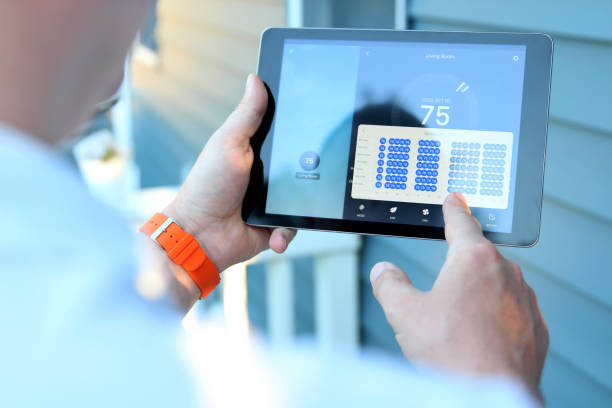
How to Perform Accurate HVAC Heat Load Calculations
Home How to Perform Accurate HVAC Heat Load Calculations

- By admin
- (0) comments
- July 4, 2025
How to Perform Accurate HVAC Heat Load Calculations
Calculating the heat load is a critical step in designing efficient HVAC systems. Accurate calculations ensure that the system operates optimally, maintaining comfort while minimizing energy consumption. This guide provides a step-by-step approach to heat load calculations, explores the factors that influence them, and highlights tools and software to enhance precision.
Step-by-Step Guide to Calculating Heat Loads
- Gather Building Information
- Obtain architectural plans, including dimensions, layouts, and materials.
- Note details about windows, doors, and insulation levels.
- Identify Zones
- Divide the building into zones based on usage and occupancy patterns.
- Consider spaces with unique requirements, such as server rooms or kitchens.
- Calculate Heat Gains
- External Heat Gains: Assess heat from external sources like solar radiation through windows and walls.
- Internal Heat Gains: Account for heat from occupants, lighting, and equipment. Use standard values for typical usage or specific data where available.
- Determine Ventilation Requirements
- Calculate the fresh air needed for ventilation, factoring in local building codes and standards.
- Include the heat gains or losses associated with outdoor air.
- Account for Building Orientation and Climate
- Consider the building’s orientation to the sun and regional climate conditions.
- Use weather data to determine outdoor temperatures and humidity levels.
- Perform Load Calculations for Each Zone
- Sum up all heat gains and losses for each zone to determine the total load.
- Adjust for factors like shading devices, thermal mass, and occupancy schedules.
- Aggregate the Total Heat Load
- Combine the loads of all zones, considering diversity factors to avoid oversizing the system.
- Include a safety margin to ensure reliability under extreme conditions.
Factors Affecting Heat Load Calculations
- Building Materials and Insulation
- Walls, roofs, and floors with poor insulation increase heat gain or loss.
- High-performance materials can significantly reduce the load.
- Windows and Glazing
- Size, type, and orientation of windows affect solar heat gain.
- Double-glazed or coated windows can minimize thermal transfer.
- Occupancy Levels
- More occupants generate more heat, impacting the internal load.
- Varying occupancy schedules influence peak load requirements.
- Equipment and Appliances
- Heat emitted by machinery, computers, and kitchen appliances contributes to internal gains.
- Lighting Systems
- Traditional lighting generates more heat than LED or energy-efficient options.
- Air Infiltration
- Unsealed gaps in windows, doors, and walls increase heat exchange with the outside environment.
- Weather and Seasonal Variations
- Outdoor temperature and humidity levels vary by season, affecting cooling and heating loads.
Tools and Software for Precise Calculations
- HAP (Hourly Analysis Program)
- Widely used for load calculations and energy simulations.
- Provides detailed reports for both residential and commercial projects.
- Carrier’s E20-II
- Offers robust features for heat load and energy calculations.
- Includes modules for advanced system design.
- Trane’s TRACE 700
- Excellent for analyzing complex HVAC systems and energy performance.
- Elite CHVAC
- Simplifies the process of heat load calculations with user-friendly interfaces.
- Ideal for small to medium-sized projects.
- EnergyPlus
- A powerful open-source tool for simulating building energy use, including heat loads.
- Manual J (Residential) and Manual N (Commercial)
- Industry-standard procedures for calculating heat loads, recommended by ACCA (Air Conditioning Contractors of America).
Conclusion
Accurate HVAC heat load calculations are essential for designing systems that deliver optimal comfort and energy efficiency. By following a systematic approach, considering all influencing factors, and leveraging advanced tools, engineers can ensure precision and reliability. At Solace Air Technology, we are committed to equipping HVAC professionals with the skills and resources they need to excel. Whether you’re just starting or looking to refine your expertise, mastering heat load calculations is a cornerstone of HVAC success.admin




